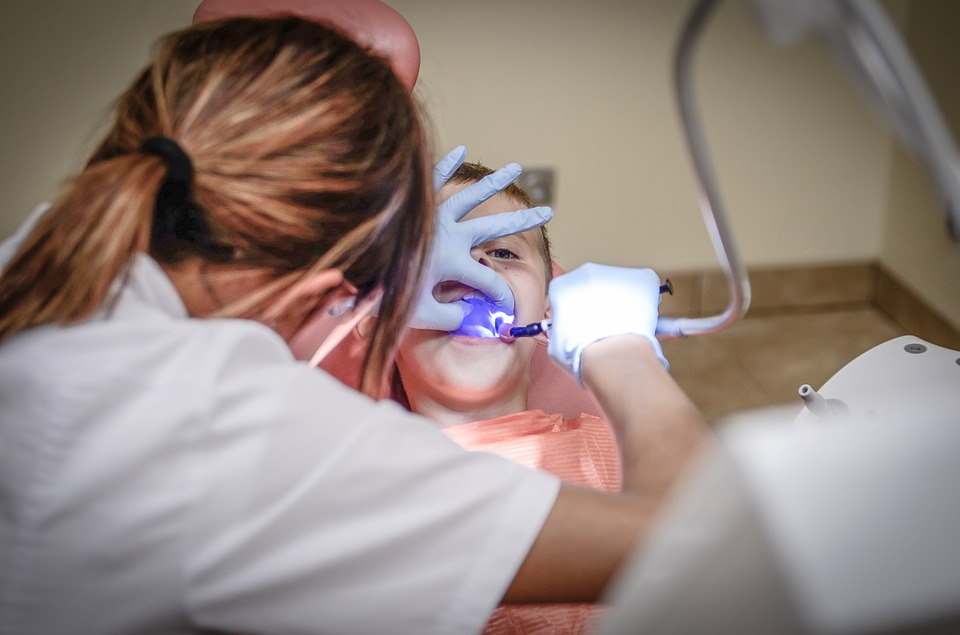It is nice to have a great set of teeth as it means having a killer smile. However, not everyone possesses such luxury. There are many people who suffer from some common dental problems and today, we shall have a look at these problems.
Dental Caries

Teeth contain the hardest substance of the human body. You will be surprised to learn that even in death, your teeth remain intact long after the bones of the skeleton have turned to dust. Yet, they are reckoned among the perishable parts of the body during life because of the disease known as dental caries (tooth decay). This disease destroys the tissues of the tooth and produces cavities that may lead to its death.
Some disturbing statistics will give an idea of the seriousness of the dental caries situation. For example, according to some research, in the United States, 50 % of all two-year-old children have one or more carious (decayed) teeth and by the time some children have reached school age, they have three or more carious deciduous teeth, on the average. At the age of sixteen, the average youth can have seven decayed, missing or filled teeth.
Dental caries are caused by an acid that is formed when bacteria act on fermentable carbohydrates, principally sugar, in the mouth. This acid-producing process is a chemical chain reaction made up of some fifteen different steps. It starts within seconds after carbohydrates are eaten and it continues for from thirty to ninety minutes. The acid that is formed is capable of dissolving the enamel of the tooth.
The extent of the damage caused by the acid depends on various factors. Among these are the following:
- The presence of dental plaques –sticky, glue-like patches that cling tenaciously to the surface of the tooth and afford protection for bacteria.
- The strength of the acid and the ability of the saliva to neutralize it.
- The length of time the acid is in contact with the teeth.
Tooth decay generally begins in a tiny fissure or flaw of the enamel or on hard-to-get-at surfaces between the teeth. If the condition is neglected, the decay penetrates the enamel and reaches the dentine. Since dentine is not so hard as enamel, the decay now advances more rapidly and in a comparatively short time, it reaches the blood vessels, lymph vessels and nerves in the pulp. Upon being exposed, the pulp becomes infected and frequently, an abscess forms at the tip of the root. Extensive dental treatment is then required to remove the infection and restore the tooth to health and often, in many cases, it becomes necessary to extract the tooth.
Dental caries are the chief cause of tooth loss in young persons. A chipped bone or broken skin may heal itself, but a decaying tooth enamel cannot be regenerated in this way. All the dentist can do is to remove the decayed part of the tooth and to fill the resulting cavity. Prevention hence is the only cure for dental decay.
Periodontal Diseases

Diseases of the gums and of the bones that support the teeth are called periodontal diseases, because they involve structures surrounding the teeth. When these structures are affected and give way, the teeth become loosened and they may even fall out if treatment is not started early enough. The periodontal diseases are most likely to attack those over thirty-five years of age. These disorders cause more tooth loss than does dental caries.
One of the principal periodontal diseases is gingivitis, an inflammation of the gingivae or gums. Among the causes of this ailment are the accumulation of tartar deposits on the teeth, injury and poor tooth-brushing. Bleeding is also a frequent symptom.
When gingivitis is not treated, it usually leads to periodontitis, frequently called pyorrhea. The gums that normally hug the tooth loosen, forming a pocket that fills with bacteria and pus. The supporting bone itself may also be affected. The tooth, with its support, thus weakened, may be lost unless proper treatment is begun early enough.
Do you find yourself having any one of these dental problems? Please share your comments!


